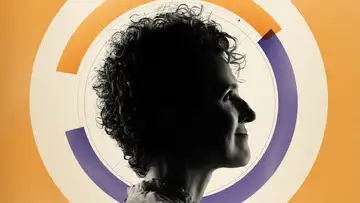Mars OneTop of Mind with Julie Rose • Season 1, Episode 22, Segment 5
Mar 10, 2015 • 19m
(1:12:31)
Guest: Cody Reeder, geology student at Utah State University, finalist for the Mars One program
How eager would you be to sign up for a one-way ticket to Mars? I’ll admit I struggle to get my head around the prospect of leaving Earth for good. But some 200,000 have applied for that very mission since it was announced in 2013. And now the list has been whittled down to 100 finalists. They are 50 men and 50 women between the ages of 19 and 60 and they come from all around the country.
“When I applied, there were 70,000 people and I knew I had to stand out, so I spent a long time on the application video and the essays,” says Reeder who conducted his interview hanging upside down.
Reeder says his parents are “really happy for me because they know it’s my dream but they don't want me to go.”